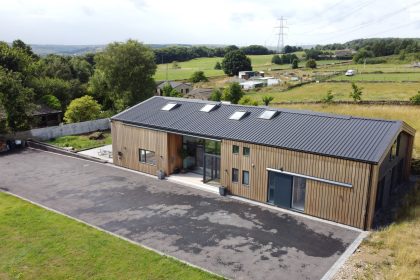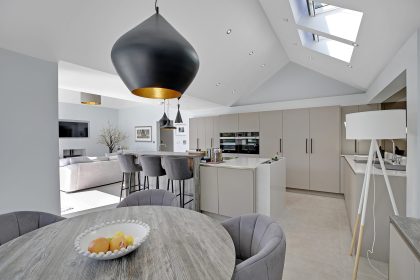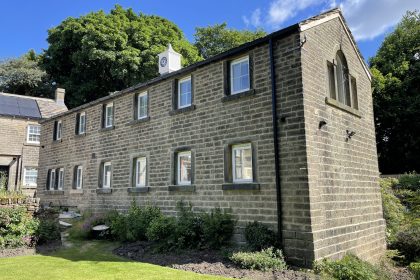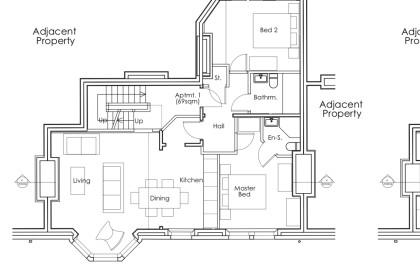There has been a lot of discussion recently about pre-fab housing and its potential benefits to the UK housing market.
Pre-fab (or prefabricated) houses are specialist homes that are manufactured off-site in advance. These homes are made in small sections that can be easily transported and assembled when they arrive.
This type of building grew in popularity in the UK in the 1950s and ‘60s, and were hailed as the future of construction. However nowadays as few as one in six houses are made in this way. With the lack of housing in the UK reaching crisis point, it has been suggested a return to this type of construction could be a sustainable solution. Prefabs allow new homes to be built quickly and cheaply but are they really the answer?…
Just how quickly can pre-fab homes be built?
Although time frames are project dependent, most estimates are that off-site built homes can be produced in about half the time of traditional construction. Some modern-day prefab buildings can even be erected in as little as 24 hours and finished to look very similar to traditional brick or rendered buildings if required.
What about cost?
In our experience here at Fibre Architects, the cost saving benefits of pre-fab housing is entirely dependant on the type of project. Pre-fab housing works well for medium-sized or large projects that involve a lot of repetition. When homes are mass-produced in this way, costs come down and profits increase. Material waste is also minimised compared to traditional building techniques.
However, when using pre-fab methods for individual plots or projects with a large variety of house designs and plot sizes, pre-fab construction soon gets comparatively expensive.
Does quality suffer with pre-fab housing?
Historically pre-fab homes have a reputation for being lower quality than their traditionally built counterparts, but is this entirely fair? In recent years, the quality of pre-fabricated houses has increased considerably thanks to technological improvements in the industry. As with anything, some companies provide a higher quality ‘product’ than others, so do your research about the reputation of the developer and system before buying or considering a pre-fab home.
There are a number of benefits to pre-fab homes (in whole or part) and if you are looking for a new home or development, they are perhaps something you should explore. The quick turnaround on building pre-fab homes combined with their relative cheapness makes pre-fabs particularly attractive, for example, to developers who are looking to get their houses to market quicker and/or for first-time buyers who are looking to get on the housing ladder sooner – so they are certainly an option worth considering.
Pre-fab building certainly has its pros and cons, however, with the government setting out plans to build more of these types of houses in the coming years it looks like the pre-fab housing is here to stay, and systems and costs should continue to improve with time.







